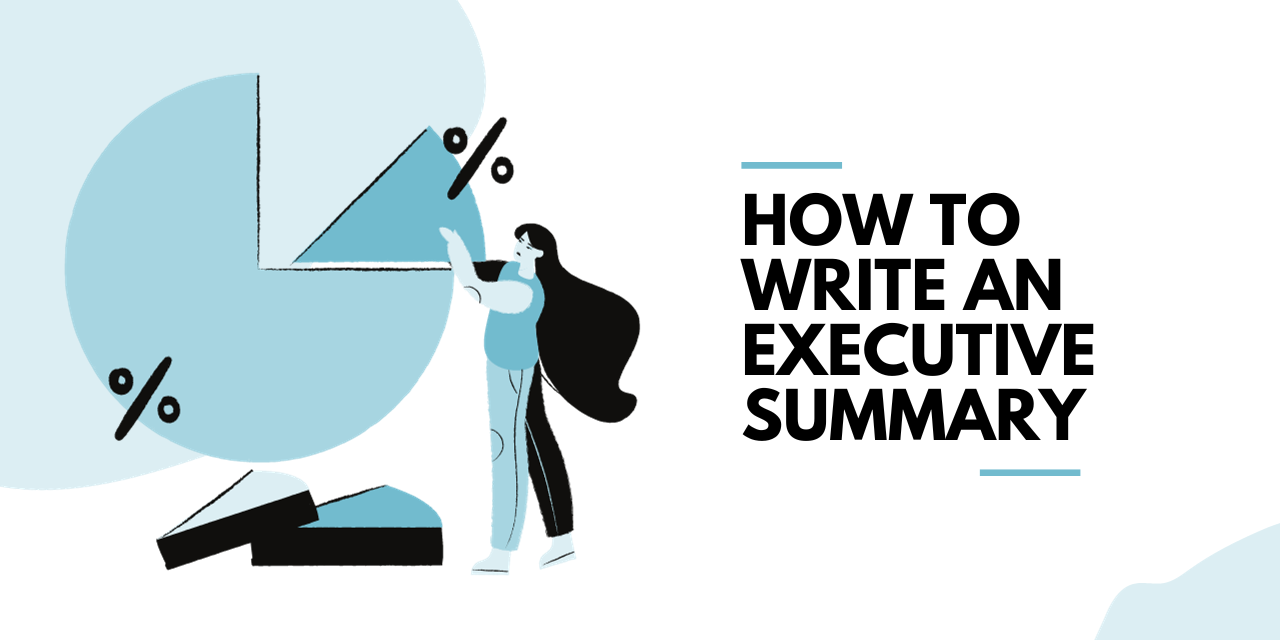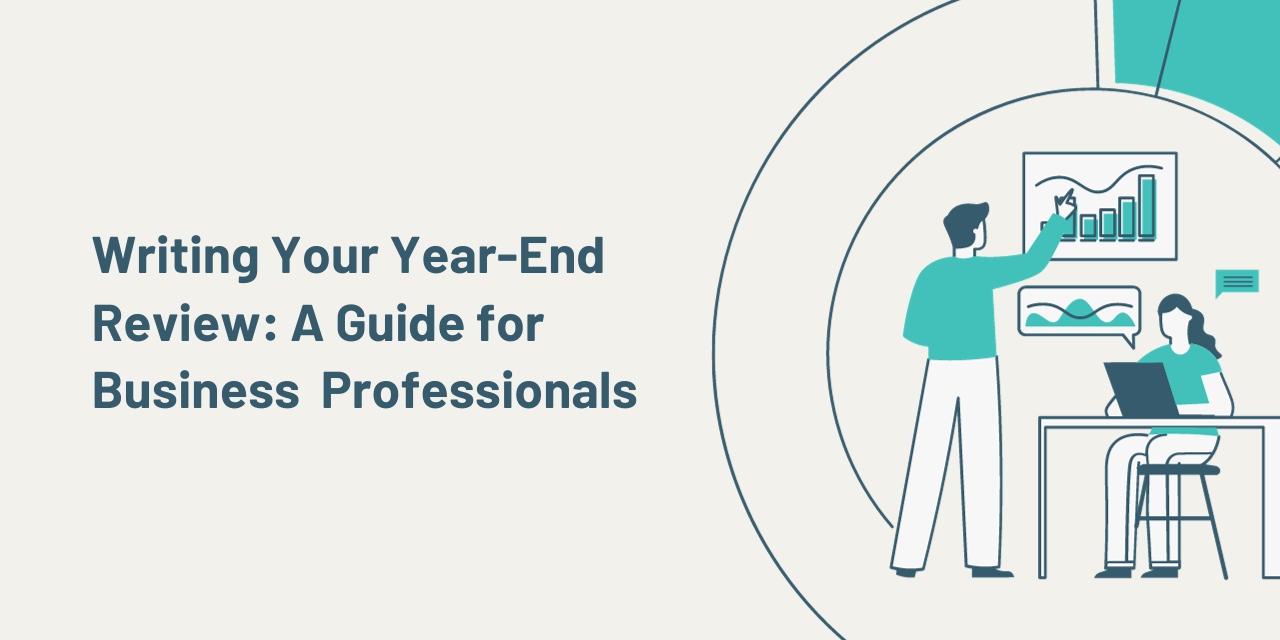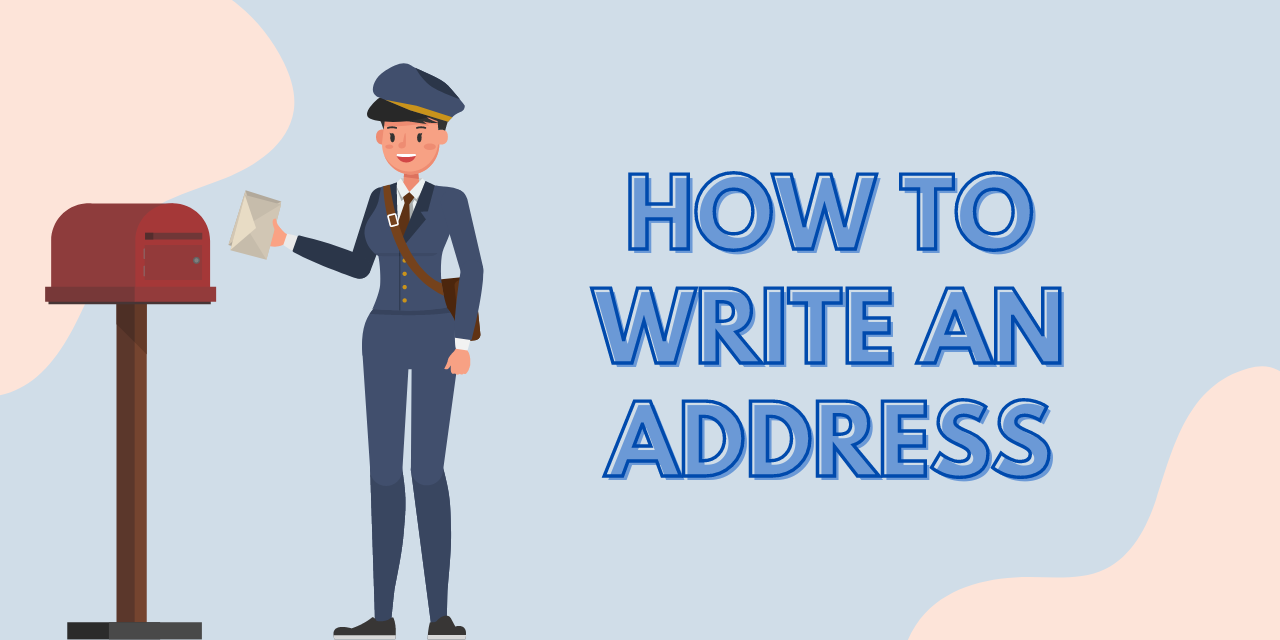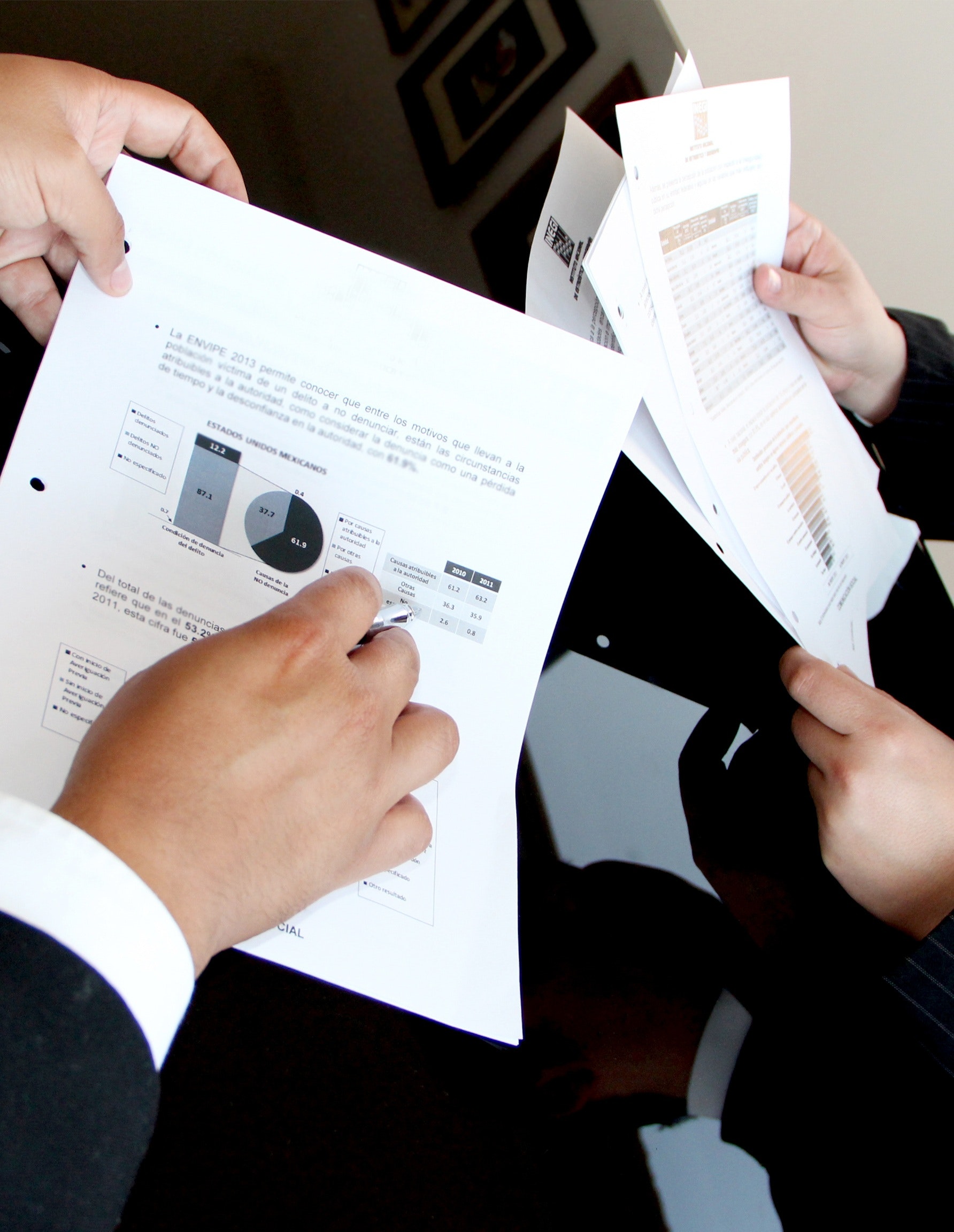A well-crafted conclusion is a perfect way to end almost any piece of writing. Conclusions can easily change a reader’s mind or solidify what they already know and believe. In any sense, how can you write killer conclusions that leave your reader wanting more?
Why Use A Conclusion?
A conclusion is a final portion at the end of your writing. In specific terms, they are often used in things like blogs, research essays, or formal papers to sum up what was said. Your conclusion is a great way to summarize the main ideas and reaffirm a thesis within your work.
Aside from restating and reminding your readers of important points, conclusions often make your work feel nicely polished. Additionally, if your conclusion is effective, it can solidify your reader’s ideas or even give them more information to think about. You should use conclusions in your work because they add a level of professionalism and make your writing more impactful to your audience.
What Do Conclusions Do?
As mentioned, conclusions act to sum up your writing while also reinforcing the main ideas in your work. In a more academic sense, conclusions act to connect your original thesis (your original claim/idea) to your final thoughts.
A well-written conclusion usually contains some sort of call-to-action that gives your reader a refined message to take with them. In other words, good conclusions allow readers to conceptualize new ideas while shining light on older ones.
Example Of A Good Conclusion
A conclusion is an awesome way to finish any academic or formal writing. Here is a short example of a conclusion from an article about growing plants:
In the end, growing plants can be a very difficult task. It takes a lot of patience, skill, and, most importantly, a lot of knowledge. However, with this, there are a few main tips that can help you grow plants of your very own. First off, it is important to research whatever plant you want to grow, as this can help you understand its specific needs.
It is also helpful to set up a watering schedule for your plants so you don’t forget to fulfill their needs. Overall, while many people find taking care of plants difficult, a few helpful tips can remedy those with even the blackest of thumbs.
A Conclusion Paragraph Starters
Here are some basic, yet effective ways to start your conclusion paragraph:
- Finally
- Clearly
- Lastly
- Nevertheless
- Hence
- Thus
- Generally
- Overall
- To sum up
- Therefore
- As expressed
- As per my opinion
- Generally
- Given these points
- I believe there is no option but to conclude
- On considering the different facts presented in this work
- In general
- In conclusion
- As expressed
- For this reason
- In drawing to the closure
- All aspects considered
- I think there is no option but to conclude
- In a nutshell
- Now that we know
- Ultimately
- The logical conclusion seems to be
- With all these in mind
- Considering the perspective of
- On the whole
- When faced with the question of
- Thus, it can be restarted
Possible conclusion paragraph starters for college students:
- I hope you
- To review
- To summarize
- I conclude that
- In closing
- In brief
- In short
- In the final analysis
- For the most part
- As a final point
- To wrap it all up
- The summative conclusion is that
- The broad conclusion
- The study concluded
- To sum it all up
- To put it briefly
- Eventually
- As a result
- Altogether
- After all, has been said
- I recommend that
- The informative conclusion is that
- Now you know why
- All things considered
- For these reasons
- In my opinion
- The time has come to
- I agree with that
- I hope you
- To review
- I think I have shown that
- Without doubt
- The time has come to
- In effect
- In the end
- Towards this end
- From now on
- Looking back
- I hope you can now learn that
- Last but not least
- In the future
- You should now consider it
Conclusion starter ideas for a research paper
-
- As per the final analysis
- The significant revelations made by the study
- Unexpectedly the data revealed
- To assume from the data
- The result of this research showcases
- While further research is competent
- The significant revelations made by the study
- In the light of these findings
- The data reveals
- Based on the evidence presented
- As expected, the results signify
- Due to the result
Some more effective conclusion starters
- My conclusions are
- The data indicate that
- It is worth re-examining
- The nexus between
- As this paper demonstrates
- After discussing
- I’m looking forward to
- Although
- No one could have assumed that
- As the time comes to wrap up
- In a simple language
- As stated in the introduction
- I would like to say finally
- One final idea
- While
- Since
- It is my conviction that
- My final bow is that
- It is my sincere belief that
- Through this research, we learn that
- My verdict is that
- To reach the core of the heart.
- As per my perspective
- To make a long story short
- The research proves that
- That was the conclusion reached
- The summative end is that
- At the end of the day
Aspects Of Writing A Conclusion
Most conclusions follow the same general guidelines in their construction. By following these guidelines, you can ensure that whatever your writing will leave a great impression on your reader.
First of all, most writers recommend starting your conclusion with a beginning topic sentence. This topic sentence should theoretically restate your thesis so that your reader remembers your main argument from the rest of your writing.
To help you restate your ideas, it is helpful to use your first few paragraphs as your guide. Referencing your introductory paragraphs helps keep your work grounded and connected to ideas that you have stated earlier on. Try to use your introduction to reference your conclusion and final repeated points.
While it is important to include information from your introduction, you should always avoid rewording and saying the same thing. Instead, your conclusion should restate information from your introduction in a new way that reflects on your ideas as a whole.
Along with the restatement of your thesis, you should also try to summarize the main ideas from your writing. Really strong conclusions tend to sum up the main points from the paper in a digestible and memorable way. When summarizing your main ideas, you should try to keep them short and simple and only include information that is pertinent to your thesis.
Another important thing to mention is that most of the information in your conclusion should not be new. If you try and include new information or statistics, it can easily confuse your reader, so keep those to earlier portions of your writing. Your conclusion should be a recapitulation of your main points and some reflection on your analysis of them.
You should also try to use a lot of rhetoric in your conclusion. In other words, try to appeal to the logic and emotions of your readers. Using strong language that creates an emotional or logical response in your reader is a great way to emphasize your main ideas. Here is an excellent resource for professional online help in writing complex pieces.
You should also take some time to write a killer last sentence. Although your conclusion is technically the last thing your reader sees, your last sentence is truly your finishing remark. Write your finishing sentence clearly and with closure to leave your reader with a strong impression.






